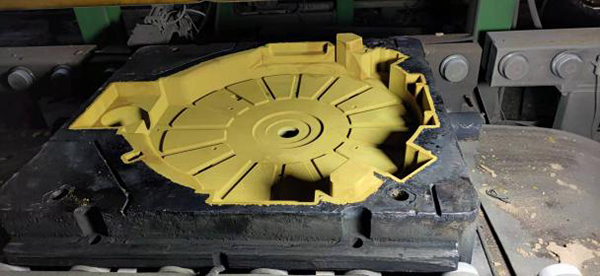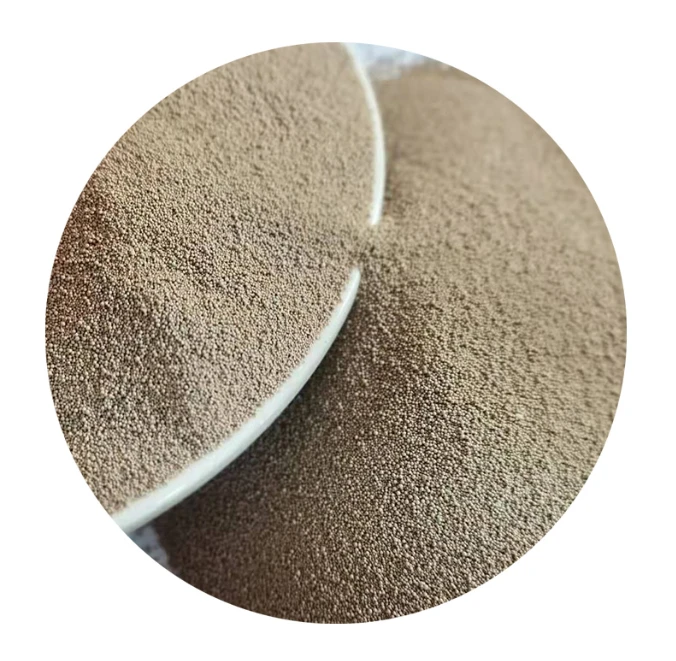

Trustworthiness in the hard sand casting realm is built on a foundation of transparency and commitment to quality. Customers and partners depend on the precision and reliability of the cast components, and as such, each step of the process is carefully documented and tracked for compliance and traceability. From the initial mold design to the final inspection, a dedicated focus on delivering a defect-free product prevails. This commitment to quality assurance is exemplified by the rigorous nondestructive testing techniques employed, such as radiography and ultrasonic testing, ensuring that every casting not only meets but exceeds the specified requirements. The hard sand casting process is especially beneficial for producing large, complex metal components where traditional machining would be impractical or impossible. Its adaptability allows for the casting of both ferrous and non-ferrous metals, opening a vast array of possibilities in terms of material properties and potential applications. This versatility is further compounded by advancements in computer-aided design and simulation technologies, which enable the accurate prediction of mold filling and solidification, reducing the iteration cycles and production lead times. In summary, hard sand casting represents a synthesis of traditional craftsmanship and modern engineering that offers unparalleled advantages in the production of durable, high-precision metal components. Backed by a solid foundation of experience, expertise, authoritativeness, and trustworthiness, it remains an indispensable technique for industries that demand the highest quality standards. As technology continues to evolve, hard sand casting is poised to integrate further advancements, enhancing its capabilities and maintaining its vital role in the manufacturing sector. Post time:сак . 05, 2025 02:59
Next:dry sand casting
